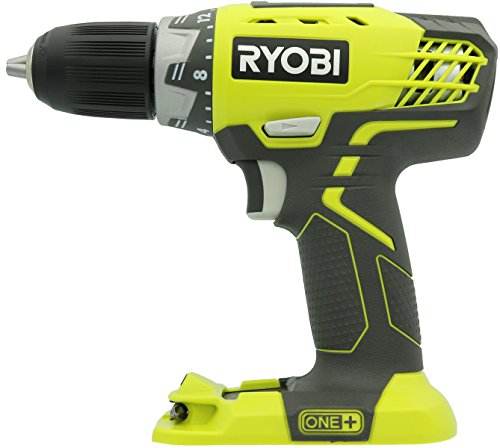Contents
There were have been two big revolutions in the tool world in the past few decades. One involved the rise of Lithium-ion batteries, and the other has to do with motors.
Small motors have been powering hand tools for ages, but recently a new type of motor sprang onto the consumer scene. Those would be brushless motors, which brings us to brushless vs brushed drill motors debate.
Which one is best and does it really matter?
We are going to answer both of those questions to ensure you can choose the best drill for the task at hand.
How does a drill motor work?
Before you can understand the whole brushless vs brushed drill debate, you have to understand how the motor actually works.
Both styles of motors use magnets and their natural properties to produce a magnetic force which in turn produces a rotary motion which powers your drill bit through a piece of wood. The magnets that make your drill spin and are fixed in a stationary position on the outside of the motor.
While there is a bit more to it than that, we are going to focus on the brushes and commutator rings to keep things simple.
What are brushes?
Brushes are used in certain types of electric motors and generators and have been getting the job done for decades. They work in conjunction with something called a commutator, which acts as the director of the electrical show.
Commutator rings are attached to the armature and transfer current from the brushes to the drill. That’s the simple version of how it works, and what you will find inside of a drill that uses a brushed motor. For a circuit to be completed the coils or rings, have to make contact with those brushes.
Disadvantages to Brushed Motors
While this style of motor has driven tools for longer than most of us have been alive, it’s not without its disadvantages, and you may have experienced a few yourself.
As those brushes have to stay in constant contact with the rotor, it will cause wear and tear over time. In this case, it leads to poor contact between the two parts which results in decreased performance.
You can also experience EMI or electromagnetic interference from brush arcing and poor heat dissipation depending on the size of the tool, its construction, and the size of the motor.
You can replace brushes in a drill or even have it serviced, and you always have a good warranty to fall back on when buying from a reputable brand. That doesn’t mean brushless is better, however, and here’s why.
Brushless Motor
As the name implies, brushless motors are motors without brushes. That also means they do not have a commutator although they do still work in a similar fashion and use magnets to generate force.
In brushed motors, the armature attaches to the shaft of the motor and works a commutator to give your drill the power it needs to put a screw into a broken chair or drill a hole into a piece of lumber.
The innards of a brushless motor are a bit different. The armature stays stationary outside the motor, and there are no brushes in sight. Instead of the magnets staying fixed to the motor, they are now attached to the rotor and spin.
A new, high-tech component replaces both the brushes and the commutator in brushless motors, and it’s called an electronic control switch. While tiny, it is powerful and changes the phase of the current to ensure you get the power you need, when you need it.
Pros of a Brushless Motor
Sometimes when you take a step forward technically, you can take a step backward when it comes to design or other areas. While brushless motors do have a few drawbacks, we’re going to discuss the perks first.
With no brushes, there is less wear with this type of motor. That means you will not have to worry about trips to the service shop as often and it’s likely to outlast its warranty as well. We would be remiss if we didn’t also mention how quiet the motors are compared to brushed ones – you will notice a difference.
You are also going to get more power, and due to the overall efficiency of the motor, longer battery life if you’re working with a cordless drill. That is a huge advantage, but far from the only one.
Brushless motors are smarter than brushed motors as well. Any brushed motor delivers the maximum amount of power at all times whereas the controller in brushless motors can actually tell the drill to “take it easy” if you’re going through wood or add a bit more power for steel or aluminum.
Which is better: brushless vs brushed motor?
Given our praise of brushless motors, you might assume they are the best option and are ready to pull the trigger on a new cordless drill. Well, not so fast as there is one important factor to consider.
The only real drawback to this style of motor is the price.
Power tools or any consumer product with a brushless motor is going to be more expensive due to the tech involved. In some cases, they can be up to 40% more than the same model with a brushed motor which may give some consumers sticker shock depending on the model.
The size of the drill dictates the price to a degree as well. An 18-Volt brushless drill is obviously going to be cheaper than a 36-volt drill, so there is some room to maneuver if you’re budget is tight.
Conclusion
So who wins the brushless vs brushed drill debate?
Obviously, brushless drills are the ideal choice if you want the “best’ tool and one that will outlast its brushed counterpart. They are quieter, more efficient and can produce more power from a smaller form factor. If budget isn’t a concern, the answer is simple.
On the other hand, brushed drills are a great option if you run a shop that needs multiple tools or a hobbyist that isn’t worried about high-tech features and only use drills on occasion.









